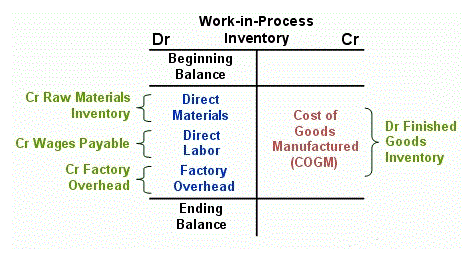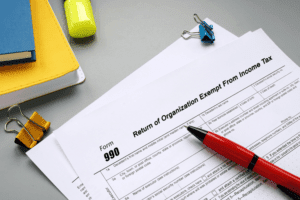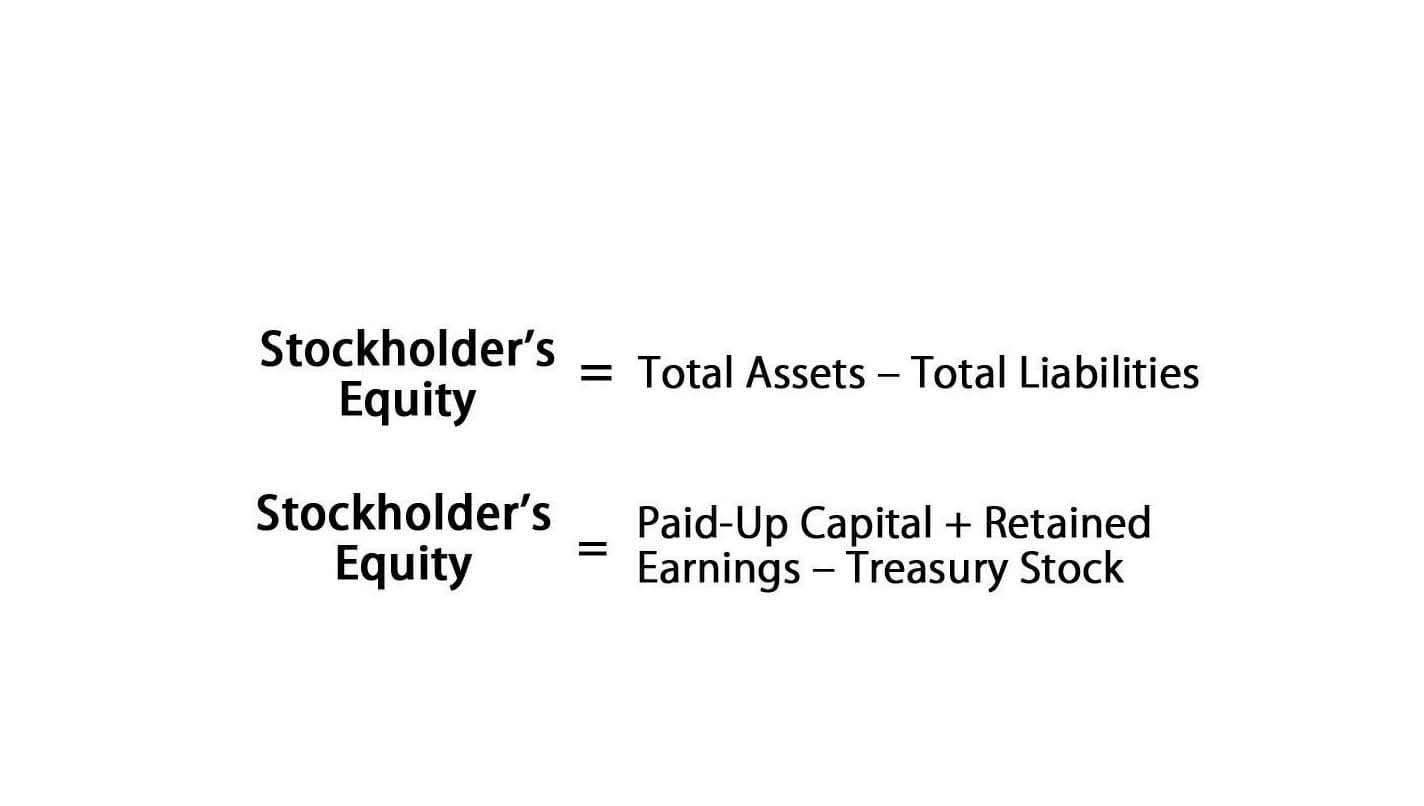What Are Liabilities in Accounting? With Examples

Current assets appear on a company’s balance sheet and include cash, cash equivalents, accounts receivable, stock inventory, marketable securities, prepaid liabilities, and other liquid assets. The analysis of current liabilities is important to investors and creditors. For example, banks want to know before extending what falls under liabilities in accounting credit whether a company is collecting—or getting paid—for its accounts receivable in a timely manner. On the other hand, on-time payment of the company’s payables is important as well. Both the current and quick ratios help with the analysis of a company’s financial solvency and management of its current liabilities.
What are current assets?
These obligations can affect a company’s operating cash flows, as they represent a cash outflow the company will need to satisfy. Operating expenses are the costs incurred during the normal course of business operations. These expenses include items such as wages, rent, utilities, and other expenditures necessary to keep the business running smoothly. In accounting, operating expenses are recorded as liabilities until they are paid off.

The importance of liabilities when acquiring or selling a company
- But the accountant had a good laugh and went on to share the details of the art gallery’s profits, which looked very respectable.
- He currently researches and teaches economic sociology and the social studies of finance at the Hebrew University in Jerusalem.
- Some loans are acquired to purchase new assets, like tools or vehicles that help a small business operate and grow.
- This calculation involves comparing the total liabilities with the total assets.
- Liabilities, on the other hand, represent obligations a company has to other parties.
Most people only know the negative aspect of liability and don’t consider how this frequently misunderstood business term can help grow your business. When you owe money to lenders or vendors and don’t pay them right away, they will likely charge you interest. The term “account” is used often in this tutorial so let’s understand what it is before we proceed. In accounting, an account is a descriptive storage unit used to collect and store information of similar nature. Below are some of the highlights from the income statement for Apple Inc. (AAPL) for its fiscal year 2021. In every case, knowing what your liabilities are is a strong step in helping you better plan for your business’s future.
Stripe Alternatives: How to Choose a Stripe Alternative to Suit Your Business Needs?

In financial accounting, a liability is a quantity of value that a financial entity owes. Assets are what you own and are owed – cash in the bank, accounts receivable, inventory, buildings, land, patents, prepaid subscriptions, etc. Interestingly enough, some of a business’s assets are another party’s liabilities.
- Unearned revenue is listed as a current liability because it’s a type of debt owed to the customer.
- When the art gallery entered into its second year, Amrish hired the services of a bookkeeping service.
- Read on to learn more about the importance of liabilities, the different types, and their placement on your balance sheet.
- Liabilities refer to short-term and long-term obligations of a company.
- These obligations can affect a company’s operating cash flows, as they represent a cash outflow the company will need to satisfy.
Fixed vs Variable Costs (with Industry Examples)
Moreover, some liabilities, such as accounts payable or income taxes payable, are essential parts of day-to-day business operations. In accounting, liabilities are debts your business owes to other people and businesses. Examples of liabilities include bank loans, IOUs, promissory notes, salaries of employees, and taxes. Liabilities are on the right side of the balance sheet, and these accounts have a normal credit balance. It means that crediting liability accounts increases their balances while debiting them decreases their balances. Current assets represent all the assets of a company that are expected to be conveniently sold, consumed, used, or exhausted through standard business operations within one year.
Accountants call this the accounting equation (also the “accounting formula,” or the “balance sheet equation”). For a sole proprietorship or partnership, equity is usually called “owners equity” on the balance sheet. A liability is anything you owe to another individual or an entity such as a lender or tax authority. The term can also refer to a legal obligation or an action you’re obligated to take. It might signal weak financial stability if a company has had more expenses than revenues for the last three years because it’s been losing money for those years.
- Whatever number you start with, for healthy growth, the number should gradually decrease.
- Because most accounting these days is handled by software that automatically generates financial statements, rather than pen and paper, calculating your business’ liabilities is fairly straightforward.
- Here, we cover the various aspects of liabilities to better understand your business’s accounting side.
- Below is a current liabilities example using the consolidated balance sheet of Macy’s Inc. (M) from the company’s 10-Q report reported on Aug. 3, 2019.
- Liabilities in accounting are crucial for understanding a company’s financial position.
- The quick ratio is the same formula as the current ratio, except that it subtracts the value of total inventories beforehand.
Liabilities in Accounting: Understanding Key Concepts and Applications
Liabilities are debts and obligations of the business they represent as creditor’s claim on business assets. By understanding and managing liabilities effectively, businesses not only ensure their financial stability but also strategically leverage them to unlock new opportunities. Thus, it’s essential to remember that a successful business isn’t merely about amassing assets but in balancing them skillfully with liabilities. This question can particularly help when considering accruals and deferrals or other less obvious items. Since SaaS businesses frequently have annual subscription options, this is an important aspect not to overlook.









